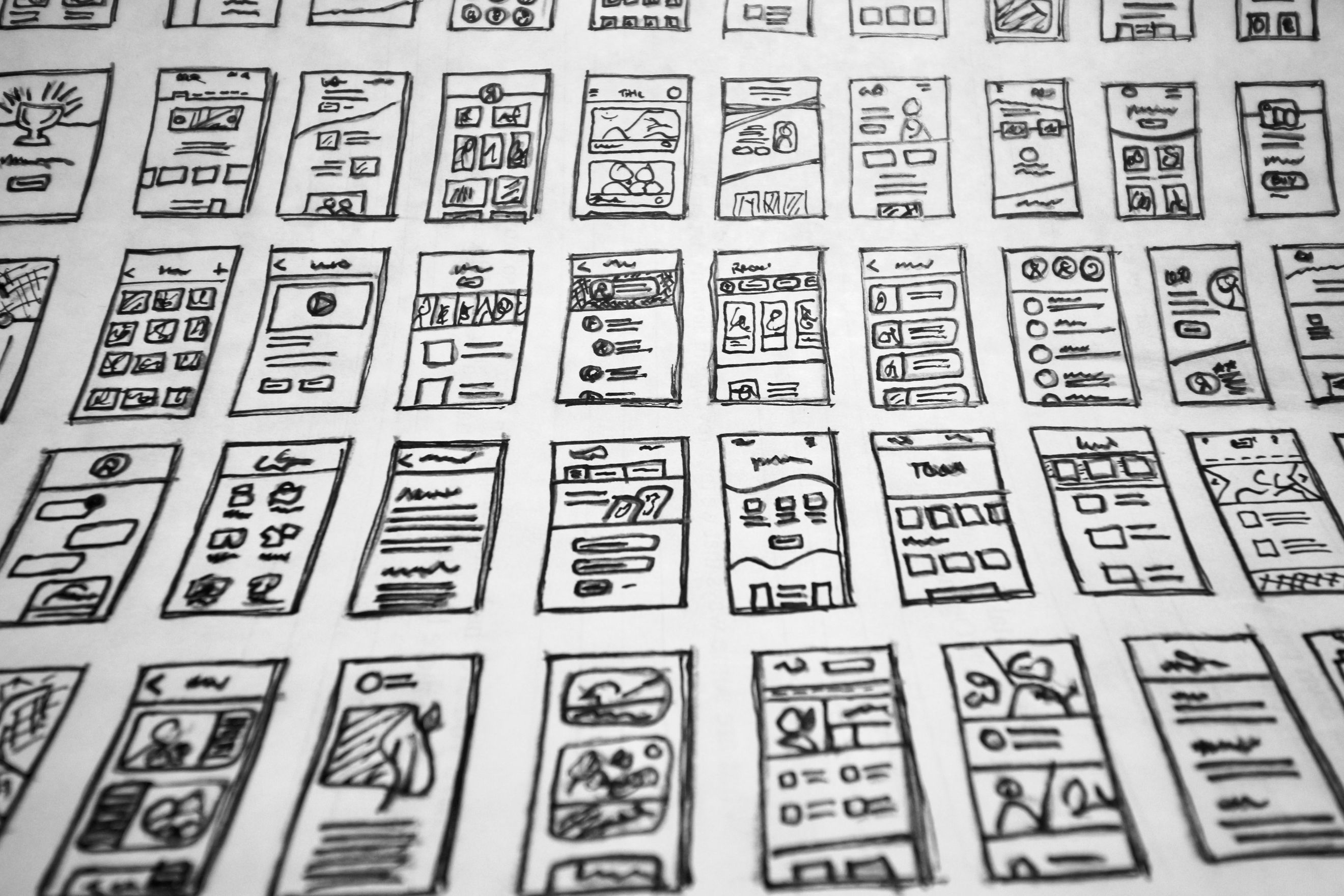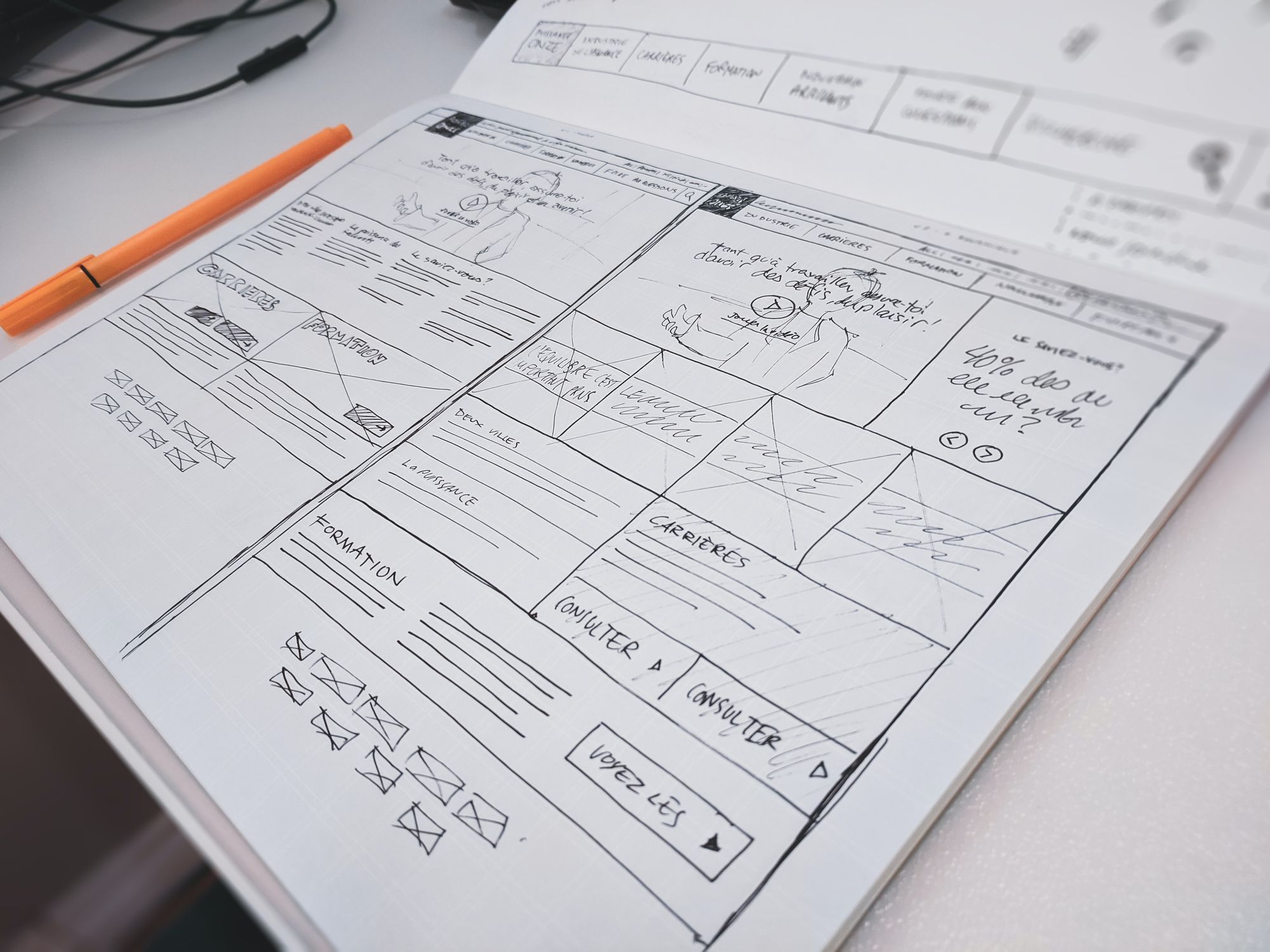
How Can Design Change Federal Government and Its Practices?
Design as a revolution in government: From intuitive user experiences to solving complex challenges, discover how design thinking is transforming the way the federal government interacts with citizens and shapes policy in the United States.
In an era where digital transformation is no longer a choice but a necessity, the federal government must keep pace with evolving technologies and methodologies. This includes a strong emphasis on design, particularly user experience (UX) and user-centered thinking. The role of design in government is multifaceted, encompassing everything from citizen-friendly platforms to complex problem-solving. Below, we explore how design is revolutionizing federal government practices and why it's vital for both businesses and the public sector.
The Role of UX in Creating Citizen-Friendly Government Platforms
As people increasingly rely on online platforms for various services, the importance of UX design has never been more pronounced. Governments are realizing the need to improve their UI (User Interface) and UX designs, just like businesses. But why is it crucial?
In the business world, good UI/UX design translates to customer satisfaction, brand loyalty, and increased revenue. For governments, it has an even more profound significance. Being user-centered in public sector design means focusing on the citizens' needs and expectations, creating platforms that are accessible, efficient, and intuitive.
The U.S., a federal republic, has seen significant strides in integrating UX principles in government services. From tax filing to healthcare enrollment, the emphasis on UX has made these platforms more user-friendly and efficient.

Leveraging Design Thinking to Solve Complex Governmental Challenges
User-centered design in policy-making involves adopting a human-centric approach to understanding and solving complex challenges. It's about empathy, collaboration, and innovation.
Being user-centered is particularly vital in the public sector for several reasons. First, it ensures that policies and services align with citizens' needs and preferences. Second, it fosters trust and engagement between the government and its constituents. Lastly, it promotes efficiency, making sure that resources are utilized effectively.
Government agencies can leverage design thinking to innovate and improve processes. By adopting methodologies used in the private sector, they can redefine how services are delivered. It involves iterative processes, prototyping, and continuous testing to arrive at the best solution.
Real-World Examples Where Design Transformed Government Services and Processes
Design has already left its mark on various government services and processes. Here are some real-world examples:
- Veterans Affairs Website Redesign: By focusing on UX, the U.S. Department of Veterans Affairs transformed its website, making it more intuitive and accessible for veterans seeking services and information.
- Simplifying Tax Filing: The Internal Revenue Service leveraged design thinking to simplify tax filing processes, reducing complexity, and increasing compliance.
- Disaster Relief Optimization: In disaster management, design thinking has been employed to create more responsive and efficient relief strategies, ensuring that aid reaches those in need promptly.

Conclusion: Designing the Future of Government
The United States operates as a federal republic, a government structure that emphasizes the division of power between the federal and state levels. As such, the potential for design to revolutionize practices across different governmental functions is vast.
By focusing on UX and adopting user-centered design approaches, the government can transform how it interacts with citizens, delivers services, and solves complex problems. These design principles align perfectly with the democratic values of transparency, accountability, and citizen engagement, echoing the very essence of the type of government we have in the U.S.
The path towards a more citizen-friendly government lies in embracing design as a tool for innovation and improvement. By looking at problems through the lens of design, we can craft solutions that are not only effective but also resonate with the people they serve. In this digital age, design is not merely an aesthetic choice; it's a functional necessity that holds the key to a more responsive and responsible government.
In an era where digital transformation is no longer a choice but a necessity, the federal government must keep pace with evolving technologies and methodologies. This includes a strong emphasis on design, particularly user experience (UX) and user-centered thinking. The role of design in government is multifaceted, encompassing everything from citizen-friendly platforms to complex problem-solving. Below, we explore how design is revolutionizing federal government practices and why it's vital for both businesses and the public sector.
The Role of UX in Creating Citizen-Friendly Government Platforms
As people increasingly rely on online platforms for various services, the importance of UX design has never been more pronounced. Governments are realizing the need to improve their UI (User Interface) and UX designs, just like businesses. But why is it crucial?
In the business world, good UI/UX design translates to customer satisfaction, brand loyalty, and increased revenue. For governments, it has an even more profound significance. Being user-centered in public sector design means focusing on the citizens' needs and expectations, creating platforms that are accessible, efficient, and intuitive.
The U.S., a federal republic, has seen significant strides in integrating UX principles in government services. From tax filing to healthcare enrollment, the emphasis on UX has made these platforms more user-friendly and efficient.

Leveraging Design Thinking to Solve Complex Governmental Challenges
User-centered design in policy-making involves adopting a human-centric approach to understanding and solving complex challenges. It's about empathy, collaboration, and innovation.
Being user-centered is particularly vital in the public sector for several reasons. First, it ensures that policies and services align with citizens' needs and preferences. Second, it fosters trust and engagement between the government and its constituents. Lastly, it promotes efficiency, making sure that resources are utilized effectively.
Government agencies can leverage design thinking to innovate and improve processes. By adopting methodologies used in the private sector, they can redefine how services are delivered. It involves iterative processes, prototyping, and continuous testing to arrive at the best solution.
Real-World Examples Where Design Transformed Government Services and Processes
Design has already left its mark on various government services and processes. Here are some real-world examples:
- Veterans Affairs Website Redesign: By focusing on UX, the U.S. Department of Veterans Affairs transformed its website, making it more intuitive and accessible for veterans seeking services and information.
- Simplifying Tax Filing: The Internal Revenue Service leveraged design thinking to simplify tax filing processes, reducing complexity, and increasing compliance.
- Disaster Relief Optimization: In disaster management, design thinking has been employed to create more responsive and efficient relief strategies, ensuring that aid reaches those in need promptly.

Conclusion: Designing the Future of Government
The United States operates as a federal republic, a government structure that emphasizes the division of power between the federal and state levels. As such, the potential for design to revolutionize practices across different governmental functions is vast.
By focusing on UX and adopting user-centered design approaches, the government can transform how it interacts with citizens, delivers services, and solves complex problems. These design principles align perfectly with the democratic values of transparency, accountability, and citizen engagement, echoing the very essence of the type of government we have in the U.S.
The path towards a more citizen-friendly government lies in embracing design as a tool for innovation and improvement. By looking at problems through the lens of design, we can craft solutions that are not only effective but also resonate with the people they serve. In this digital age, design is not merely an aesthetic choice; it's a functional necessity that holds the key to a more responsive and responsible government.
'

